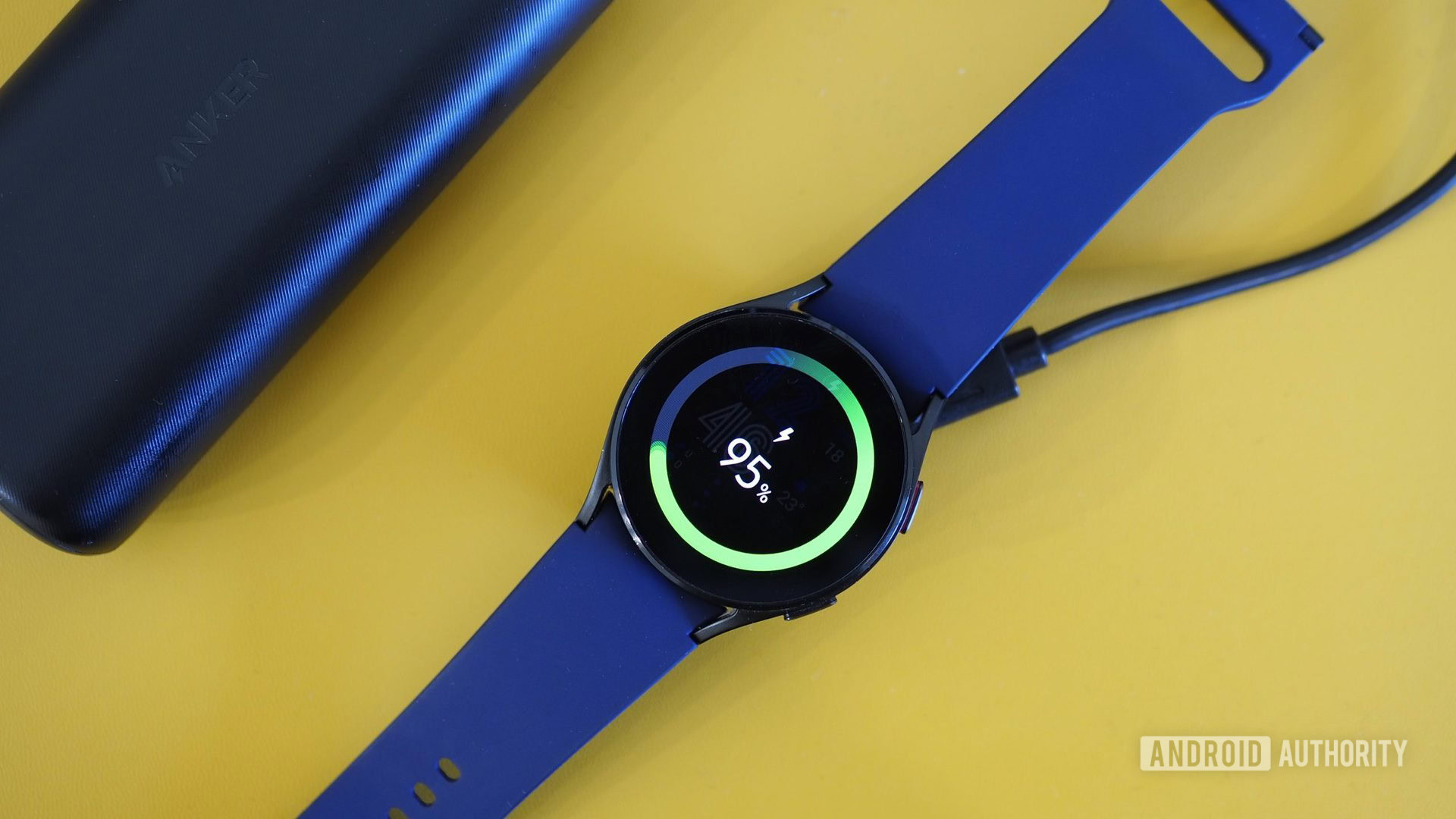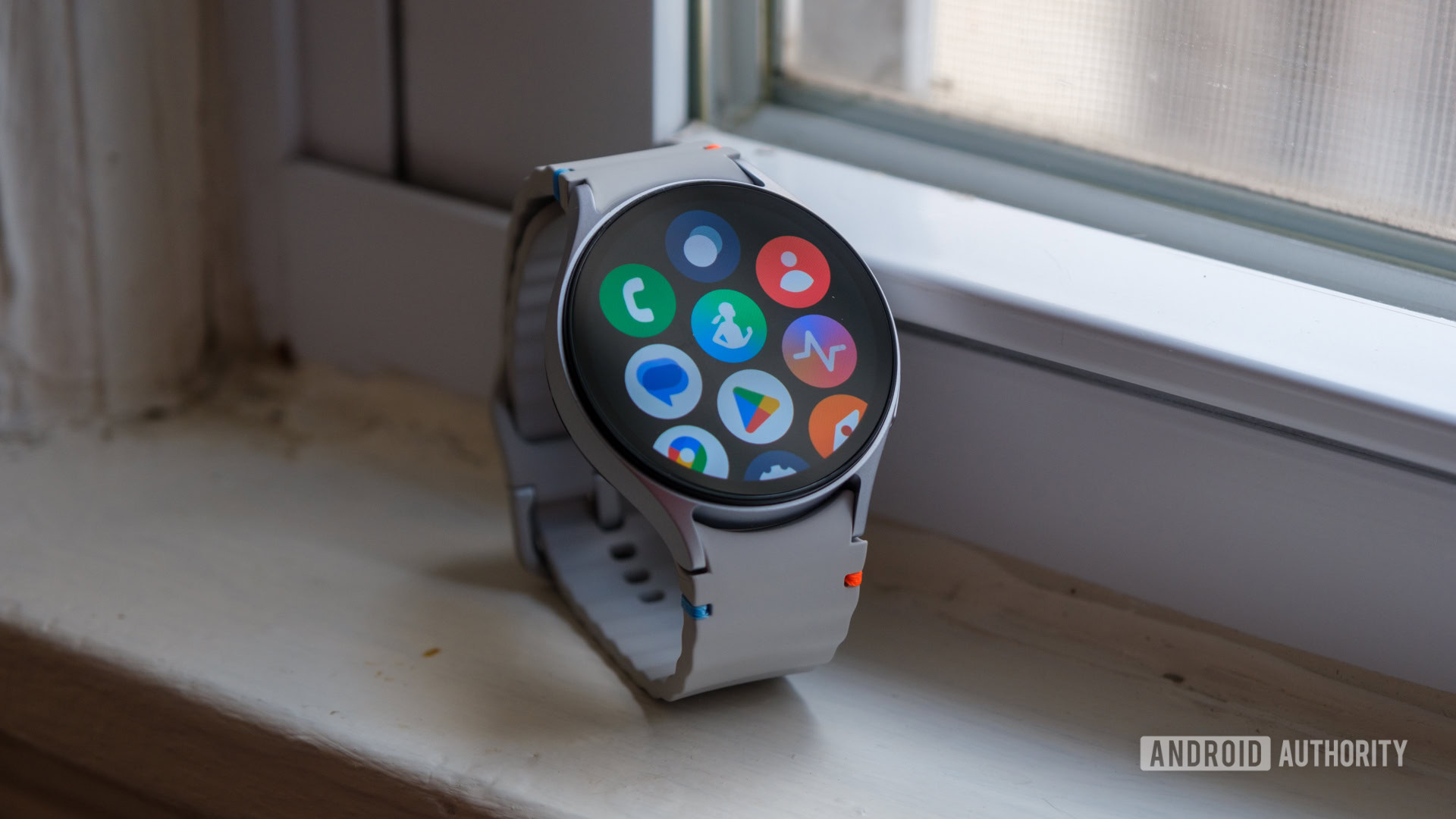We’ll take care of some business first in today’s 3D Printing News Briefs, as Meltio announced an official sales partner in Portugal, and Kind Designs received about $1 million in funding for its 3D printed seawalls.Moving on to research, a team from the University of Houston developed a class of origami-inspired ceramic structures that can bend without breaking, and researchers from the Chinese Academy of Sciences created 3D printed graphene composites for advanced ice control applications.Meltio Names Official Metal AM Sales Partner in Portugal Spanish multinational Meltio, which specializes in wire laser metal deposition technology, has announced its latest official sales partner in Europe.
Committed to speeding up the adoption of metal AM in Portugal through strategic partnerships and technical expertise, PrimeOut will play an important part in distributing and supporting Meltio’s solutions in the Portuguese market.The new sales collaboration is part of Meltio’s strategic plan to expand its presence across Southern Europe.This approach is coordinated by industrial 3D printing technology supplier Sicnova, its main partner in the Iberian Peninsula, which will collaborate with PrimeOut as a Meltio reseller.
Meltio’s process is built around welding wire, which is the cleanest, safest, and least expensive metal feedstock on the market.PrimeOut will leverage the expertise of Sicnova, and generate business opportunities alongside academia, industry, machine tool companies, and more, to build up a strong ecosystem in Portugal for Meltio’s solutions.“We are proud to announce this partnership with Meltio, a global reference in wire-laser metal deposition technology.
This collaboration marks a strategic milestone for both PrimeOut and the Portuguese industrial sector, allowing us to deliver innovative, accessible, and highly effective metal additive manufacturing solutions,” said António Hussen, Marketing Manager at PrimeOut.“We are fully committed to building a strong ecosystem around Meltio’s technology in Portugal, helping bring the national industry closer to the future of manufacturing.” Kind Designs Gets $1.05 Million from Florida Investor for 3D Printed Seawalls Miami-based Kind Designs uses 3D printing technology to build seawalls that replicate coral reefs and mangroves.Miami-based environmental technology startup Kind Designs uses robotic 3D printing to create seawalls that mimic mangroves and coral reefs, which create a biodiverse ecosystem and help combat erosion and flooding, improve water quality, and engender marine life.
The concrete seawalls, which are reinforced with recycled ocean plastic fibers, also feature embedded water quality sensors to create a widespread network of data.While its three robotic 3D printers can be transported directly to job sites, the startup’s 50,000-square-foot warehouse on the Miami River makes it possible to transport the 3D printed seawalls to commercial, municipal, and residential projects by barge.Kind Designs recently received a $1.05 million investment from another Florida company.
Tamiami Angel Funds, based in Naples, is made up of five member-managed funds, administered by local investment firm Fifth Avenue Family Office.With this second investment into the startup, Tamiami Angel investors are now the largest backers of Kind Designs, which currently has a $10 million sales pipeline.The funds will help expand the startup’s robotic capacity to handle government projects, including contracts with waterfront military bases.
Timothy Cartwright, partner of Fifth Avenue Family Office and chairman of Tamiami Angel Funds in Naples, said, “Kind Designs is exactly the kind of exciting Florida-based company we are eager to fund: it combines a sound business plan to fill a large market need with clear environmental benefits for our vulnerable coastline communities.” Texas Researchers Develop Origami-Inspired 3D Printed Ceramics Postdoc Shajedul Hoque Thakur holds the bendable ceramic origami material, developed with assistant professor Maksud Rahman as part of the team’s research into bio-inspired sustainable composites.Ceramics are very brittle, and often shatter under stress, which makes them undesirable in adaptive or high-impact applications.But a team of researchers from the University of Houston, led by assistant professor of mechanical and aerospace engineering Maksud Rahman and postdoctoral fellow Md Shajedul Hoque Thakur, developed a new class of ceramic structures—inspired by origami—that can bend under pressure without breaking.
As they explain in their paper, they found that origami-inspired shapes with a soft polymer coating can turn fragile ceramics into flexible but tough structures.They 3D printed a ceramic structure based on the Mirua-ori origami fold and coated it with a biocompatible, stretchable polymer; this enabled it to handle stress in ways ordinary ceramics can’t.During tests under static and cyclic compression, the coated structures flexed and recovered when compressed in different directions, while the uncoated versions cracked or broke.
Possible applications for this coated ceramic include medical prosthetics and impact-resistant components in robotics and aerospace.“Ceramics are incredibly useful — biocompatible, lightweight and durable in the right conditions—but they fail catastrophically.Our goal was to engineer that failure into something more graceful and safer,” said Rahman.
“Origami is more than an art — it’s a powerful design tool that can reshape how we approach challenges in both biomedical and engineering fields.This work demonstrates how folding patterns can unlock new functionalities in even the most fragile materials.” Novel 3D Printed Graphene Composite for Ice Control Applications FDM 3D printed G-TPU/N-TPU double-layer structure and its anisotropic thermal conductivity ratio.Credit: Xi Min Finally, a research team from the Chinese Academy of Sciences, led by Professor Wang Zhenyang at the Hefei Institutes of Physical Science, developed a high-performance composite material with improved photothermal and electrothermal performance for more efficient ice control applications.
The novel graphene and polymer double-layer composite has high anisotropic thermal conductivity; this makes sense, considering graphene has excellent electrical and thermal conductivity and strong anisotropy.To directionally align graphene within a thermoplastic polyurethane (TPU) matrix, the team used a dual-nozzle FDM 3D printer, which resulted in a double-layer composite of neat TPU (N-TPU) and graphene-enhanced TPU (G-TPU).The researchers reported that their composite was able to achieve an in-plane thermal conductivity of 4.54 W/(m·K), with an anisotropic ratio of about 8.
The team used laser-induced surface engineering to further improve the performance of the composite material, which was able to preserve graphene alignment, expose the conductive network, and create a carbonized TPU layer.All told, this step enhanced both the electrical and thermal anisotropy of the graphene and polymer composite.Plus, the laser-treated surface showed higher light absorption and hydrophobicity, which enhanced photothermal conversion efficiency.
The research team’s work could help with the development of a scalable strategy for making more high-performance materials for de-icing systems; as someone who lives in Ohio, where the winters can be bitter and long, this sounds like a very worthy application! To learn more about their work, check out their published papers in Carbon and the Chemical Engineering Journal.Subscribe to Our Email Newsletter Stay up-to-date on all the latest news from the 3D printing industry and receive information and offers from third party vendors.Print Services Upload your 3D Models and get them printed quickly and efficiently.
Powered by FacFox
Powered by 3D Systems
Powered by Craftcloud
Powered by Endeavor 3D
Powered by Xometry
3DPrinting Business Directory
3DPrinting Business Directory








